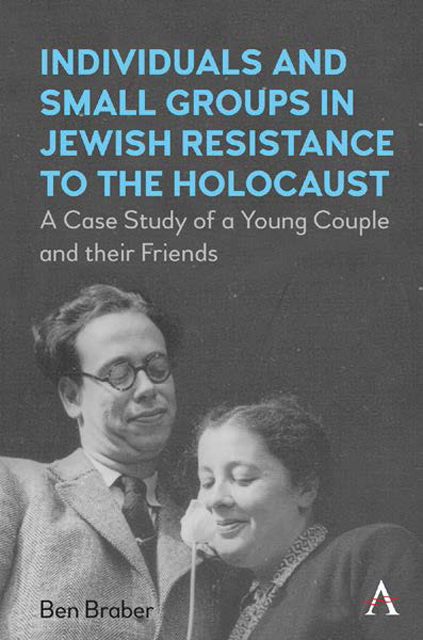 Individuals and Small Groups in Jewish Resistance to the Holocaust
Individuals and Small Groups in Jewish Resistance to the Holocaust 8 - Murder in the Gallery
Published online by Cambridge University Press: 09 December 2022
Summary
In September 1943 all surviving members of the resistance groups to which Nol and Ter belonged were in hiding. Most of the Jews of Amsterdam had been deported. The Germans regarded the Dutch capital judenrein (free of Jews). The transports from Westerbork and other camps continued until in September 1944 just a few hundred Jews were imprisoned in the Netherlands and awaiting deportation.
Thousands of Jews were in hiding in the Netherlands. Increasingly, they were cared for by growing resistance organisations, which had arisen with support from the Dutch population that had become more hostile towards the occupiers as it was ever more affected by German actions and measures, such as executions, rationing, requisition of goods, seizure of means of production (that were then shipped to Germany), forced labour and razzias to catch men who tried to avoid the labour draft. The war had also passed a military turning point, marked by German defeats in Stalingrad and El Alamein and the Allied landings in North Africa at the end of 1942. However, for the majority of the Jews in the Netherlands the general resistance groups developed too late, they were already deported and killed in labour and extermination camps or would soon succumb there.
The Oosteinde Home in Amsterdam had ceased to exist as a department of the Jewish Council in July 1943. It was emptied and used as a storage place. Towards the end of the Oosteinde Home, group leader Nathan Notowicz and another member of the group hid important documents, clandestine publications and valuable Jewish artefacts under the floorboards. One of the final days was extremely busy when the paper supply of the Home, an important source for clandestine publications, was secretly handed over to another resistance group. On that day the Jewish Council removed tables and chairs, German agents brought in furniture requisitioned from deported Jews and the other resistance group collected the paper and duplicating machinery.
The Oosteinde group now turned the workshop in the Gallery into its headquarters. Nol was still hidden in the attic when Ter returned after giving birth to Marjan: ‘That was rather tragicomical. She came from the clinic, her breasts were full, and first she couldn't get through the portal of the hiding place.
- Type
- Chapter
- Information
- Individuals and Small Groups in Jewish Resistance to the HolocaustA Case Study of a Young Couple and their Friends, pp. 101 - 112Publisher: Anthem PressPrint publication year: 2022
